The world's first!The scientific climbing team of Shanda Space participates in the drawing 1: 2
Author:Qilu.com Time:2022.06.13
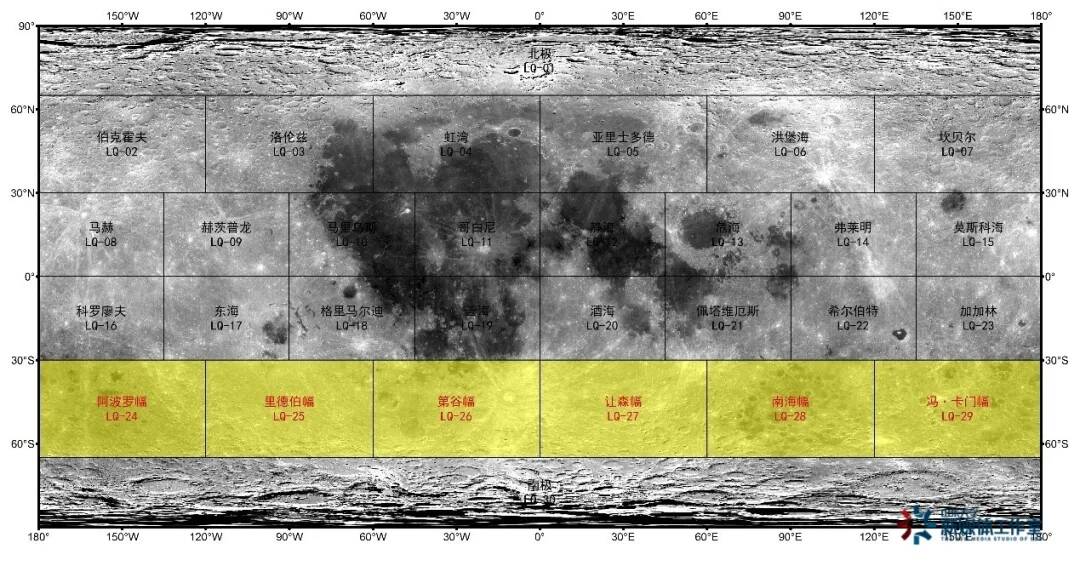
Qilu.com · Lightning News June 13th What exactly does the moon look like? Recently, the world's first 1: 2.5 million monthly geological map (Chinese and English version) results were officially published in the Science Bulletin magazine. This result has been led by the Institute of Geochemical of the Chinese Academy of Sciences since 2012. It is in close cooperation with many units such as Shandong University, Jilin University, Chinese Academy of Geological Sciences (Beijing), and the Institute of Geographical Science and Resources of the Chinese Academy of Sciences. Nearly a hundred researchers have been completed after 10 years.
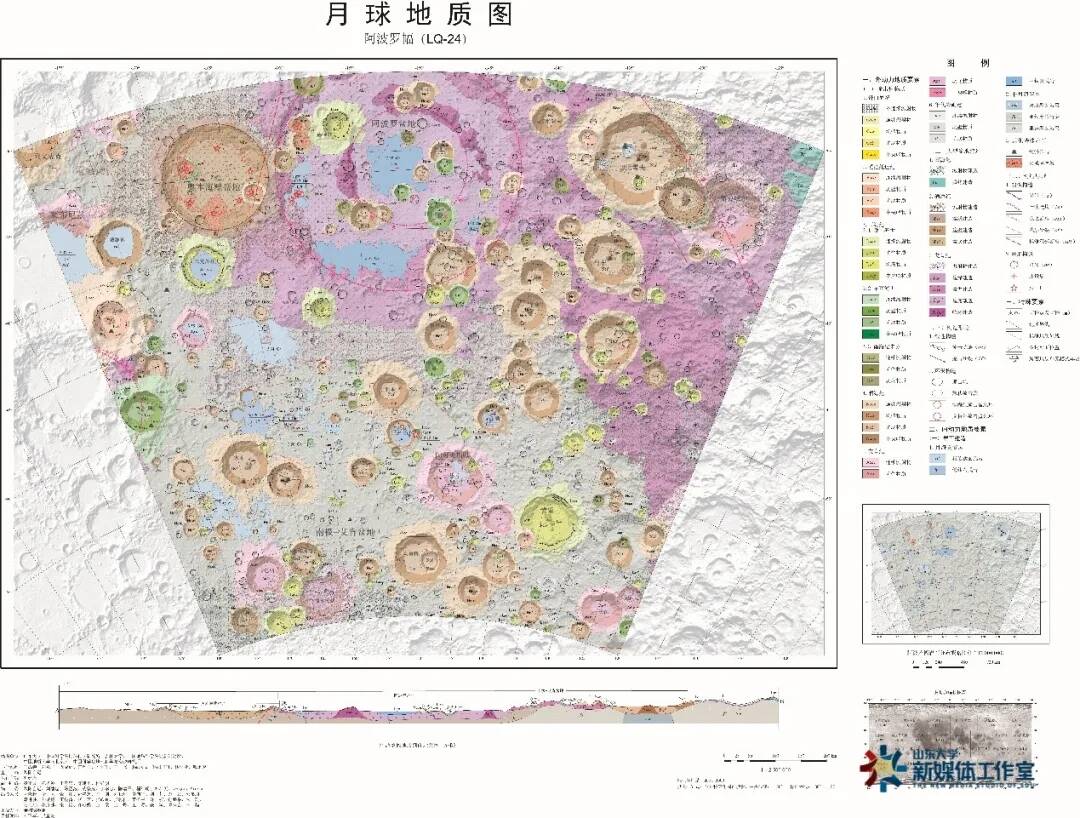
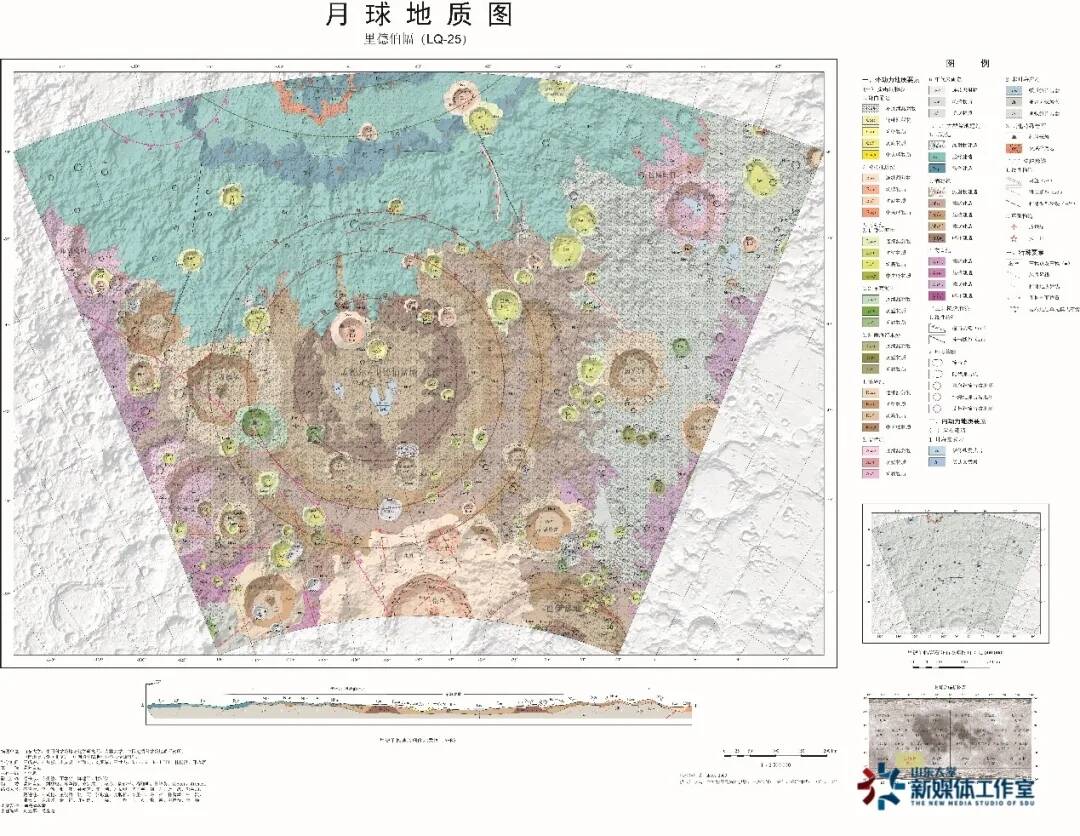
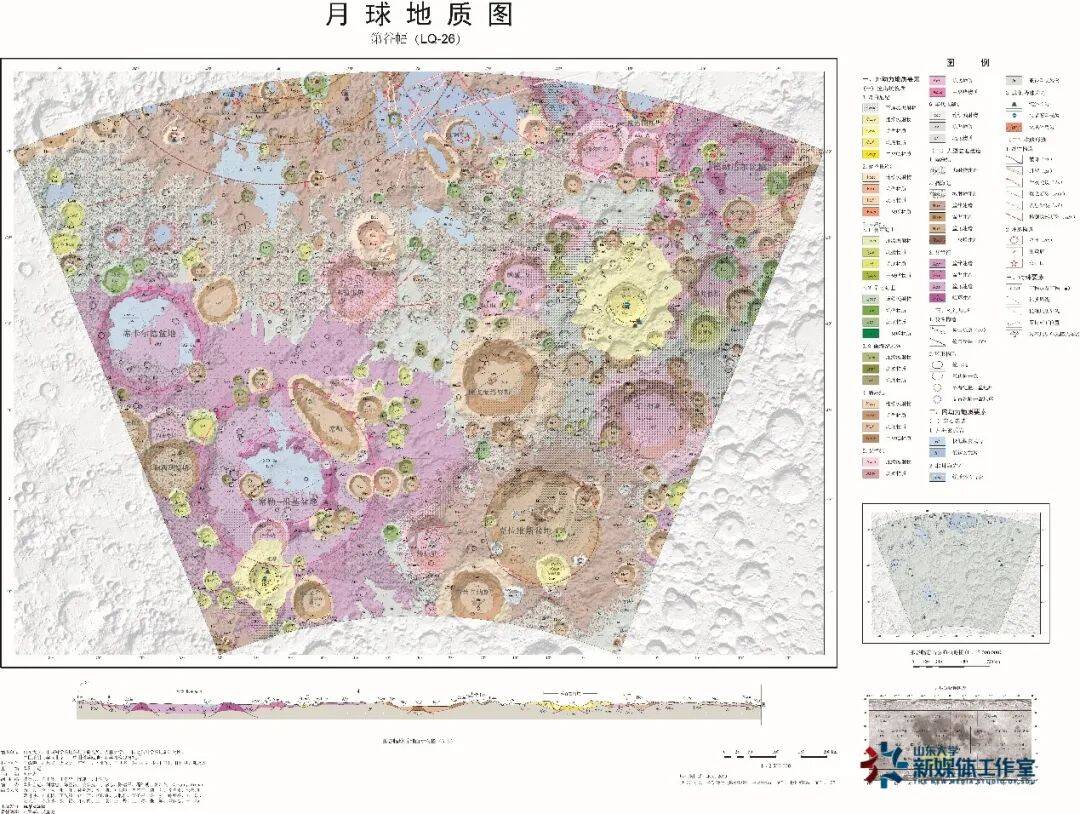
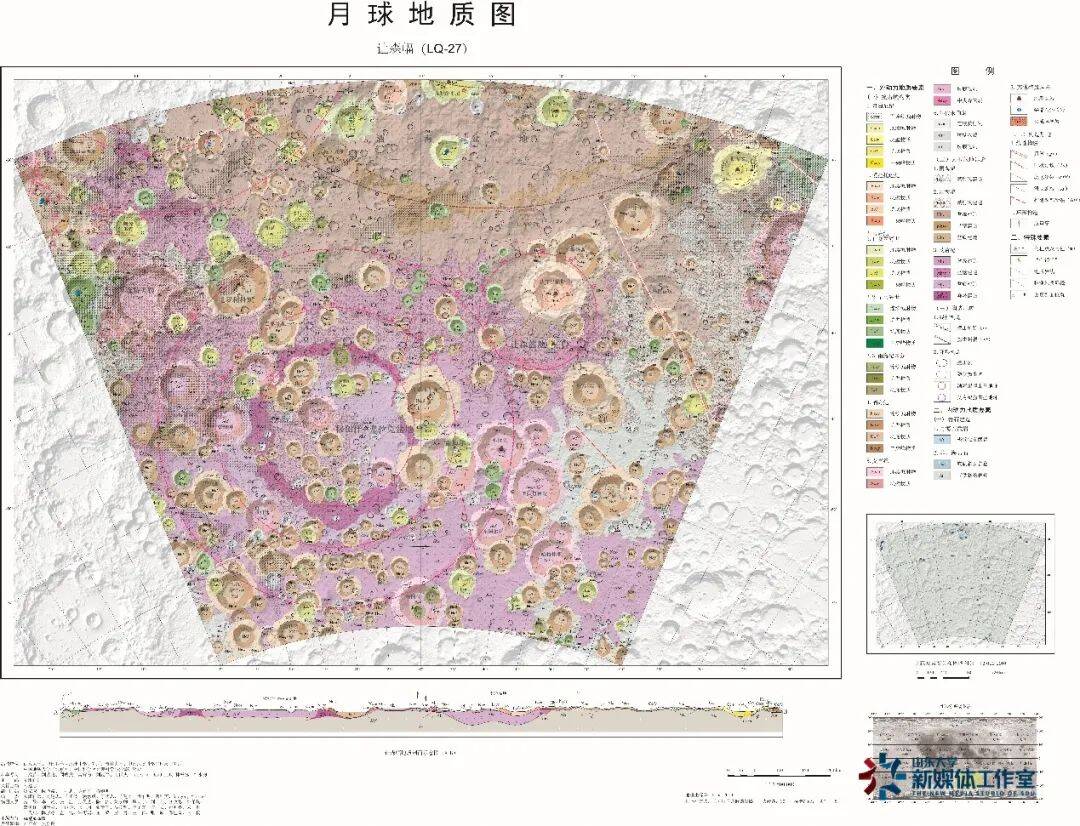
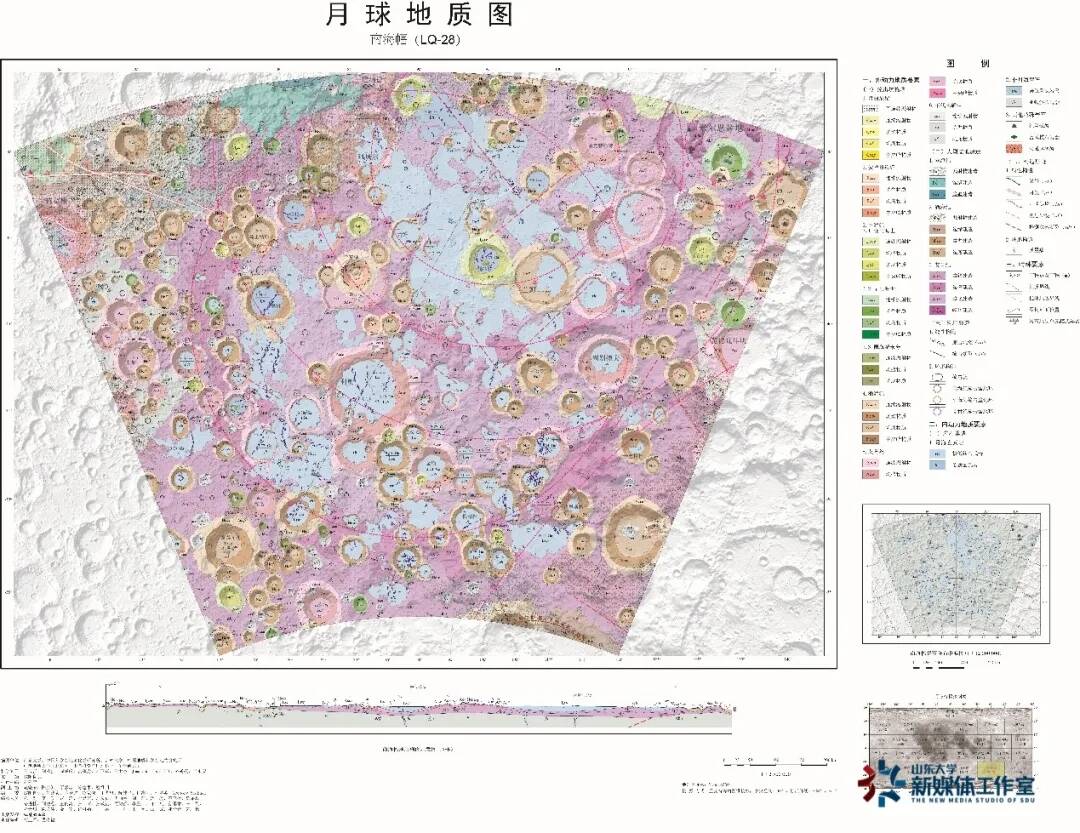
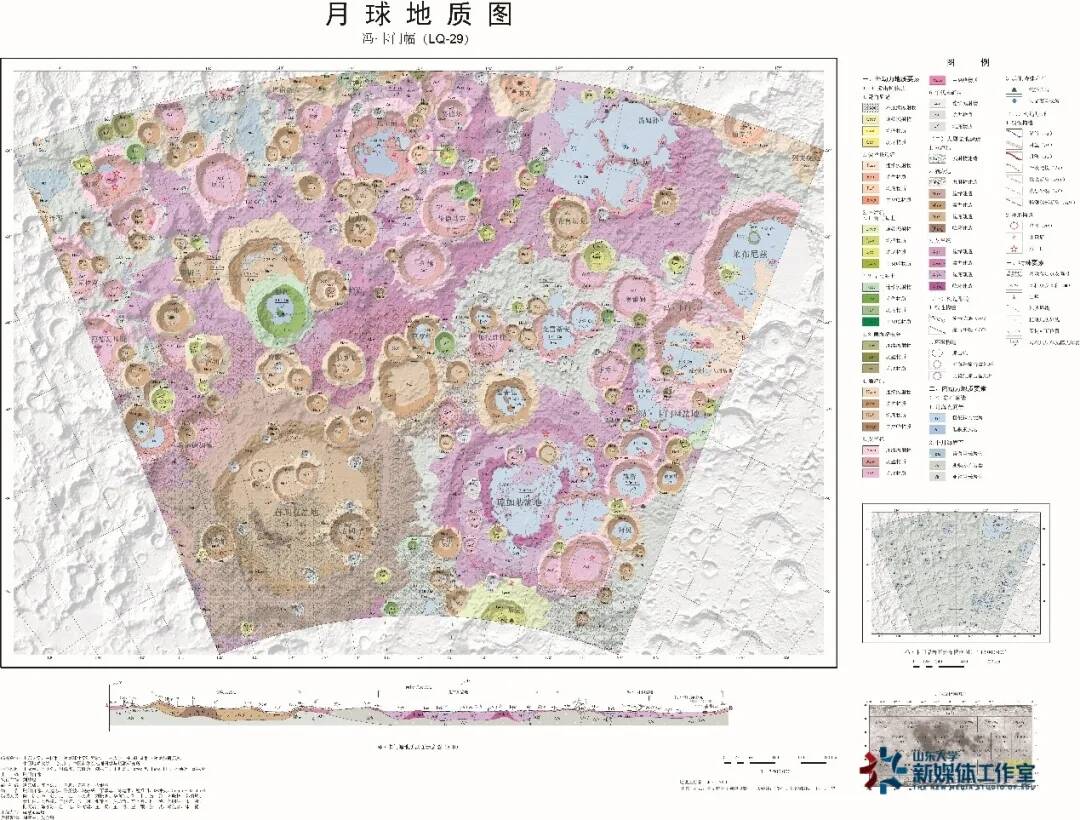
Moon geological map is a tool for understanding the history of the moon's geological characteristics and evolution, and it is also a vertical result of the scientific discovery of the international lunar exploration plan. 1: 2.5 million monthly geological map preparation work is divided into 30 scissors, of which 6 of which (LQ24-29) were completed by the compilation of the planet science research team of Shandong University Space Science Climbing Team, including Apollo S amaence, Lili, Lili Deberry, Tugu, Jean Mori, South Section, Von Carmen. In addition to the completion of the full month's geological map preparation, the planet science research team is also responsible for the completion of the Chinese and English version of the 1: 2.5 million monthly rock type distribution map, which provides important basic support for the completion of the moon's geological map.
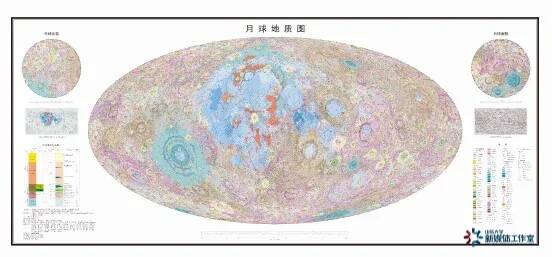
1: 2.5 million monthly geological maps based on the data of the Chang'e project in my country, and make full use of other international exploration data and research results. Through the research of the moon surface strata, appearance, ingredients, structure, and the times, a new one has been proposed. The lunar geological annual table has established a division system of impact pits, basin construction, rock types, and structure types, and formulated standard specifications, process methods and graphics of the moon's geological diagrams. The GIS platform is completed. This picture integrates and expresses the latest research results of the latest lunar sciences at home and abroad, filling the gap in my country's geological maps and research on the planetary planet of the moon, and will be selected for subsequent lunar scientific research, detection task planning, landing sites selection site selection. It provides important basic information, and also provides a reference for the preparation of other celestial geological maps, which has promoted the leapfrog development of lunar exploration and scientific research in my country.
It is understood that Shandong University, as one of the earliest colleges and universities in China to conduct planet science research earlier. Since the implementation plan of the "Chang'e -1" plan in 2004, the school signed a cooperation agreement with the St. Louis Washington University in 2006 to establish a cooperation agreement with the University of Washington University. The discipline, subsequently established the first domestic planet data system (PDS) laboratory in 2007, and established the Planet spectrum and Space Weather Branch Center in 2012 in 2012. Since 2015, planet science has become one of the main construction directions of school space science and technology "discipline peak plan" and "climbing plan innovation team".
In 2021, Shandong University was approved by the Chang'e 5 monthly sample of 1200 mg, which is currently conducting relevant research. In addition, the Planet Science Project Group actively responded to the needs of the national deep space detection strategy, and deeply participated in major national projects such as "Application and Research and Research on the Scientific Data of the Moon Exploration Engineering" and "Moon Digital Geological Maps and Research". More than 30 projects such as the Fund Committee and Civil Aerospace pre -research. The team has achieved fruitful results in the field of the moon and planet science. It has published more than 100 SCI papers in Nature Communications, APJL, EPSL, Science China, GRL, JGR, MPS, Science Bulletin and other journals. Great astronomy technology progress.
Lightning journalist Zhang Hongbo correspondent Ling Zongcheng reported
- END -
Thunderstorm!Breeze!hail!The weather is here

High temperatureThe long -awaited rain finally came!Be wary of strong convection w...
Hot search first!Learning: Reported

On June 21, it was reported that the database information of students' learning so...